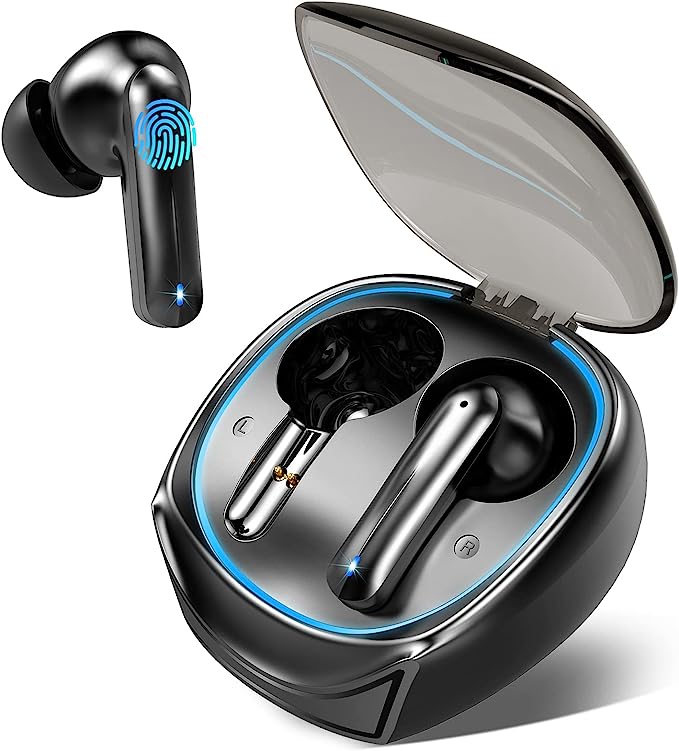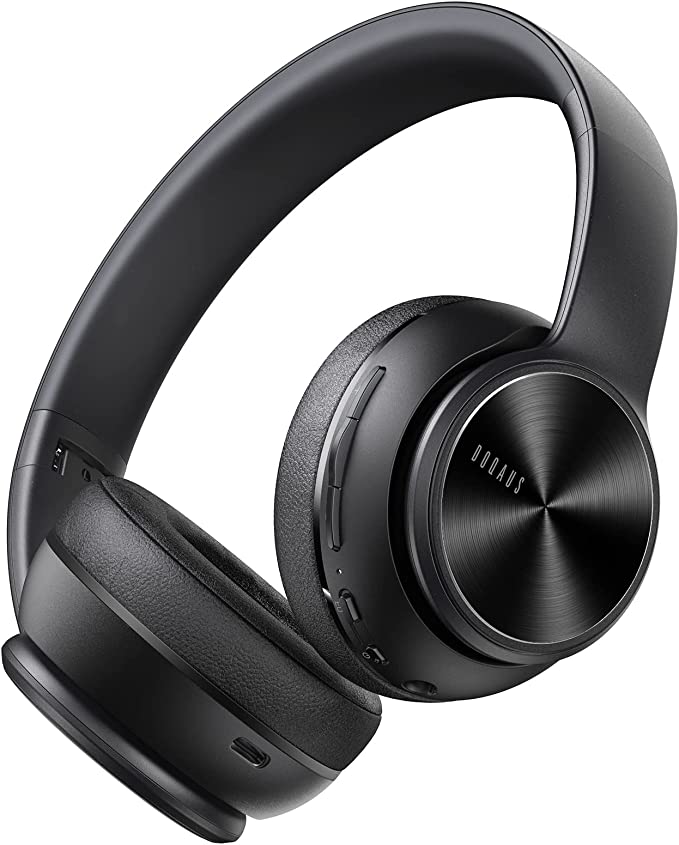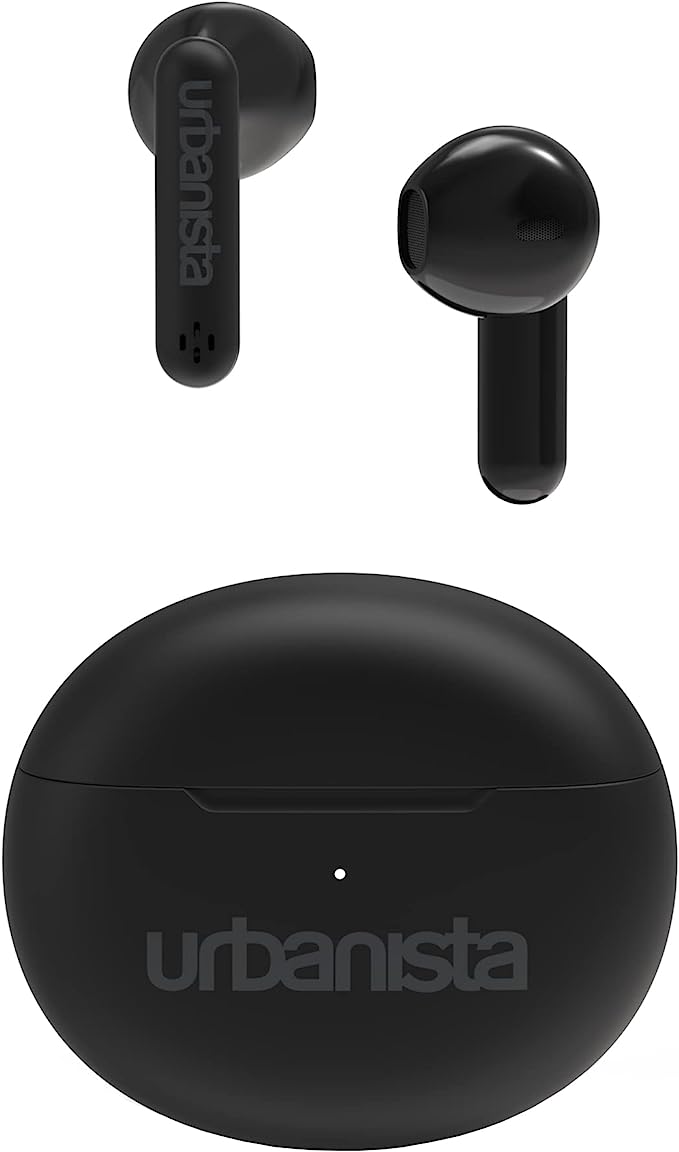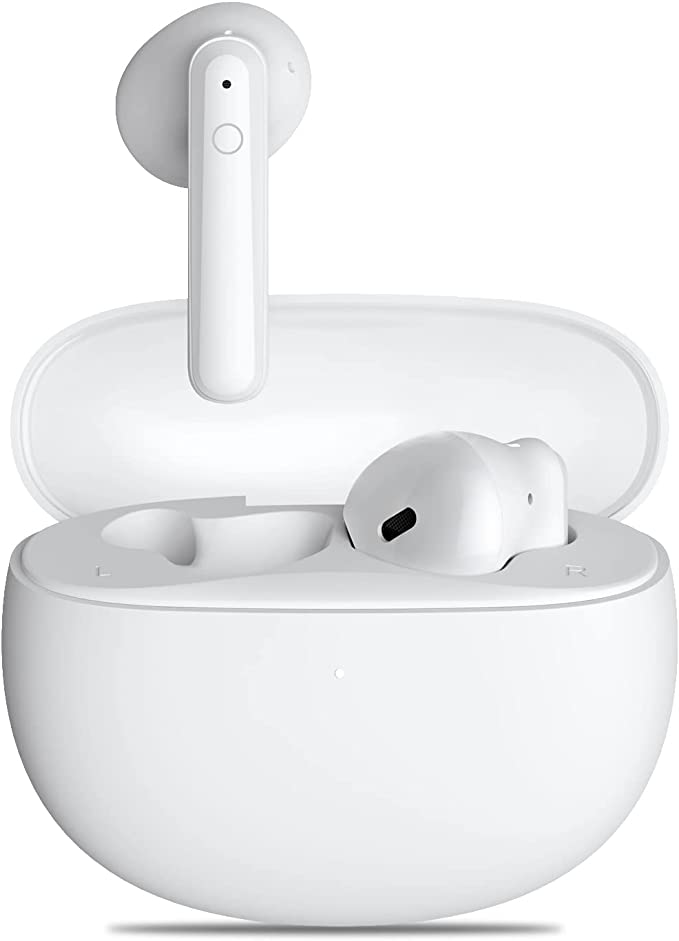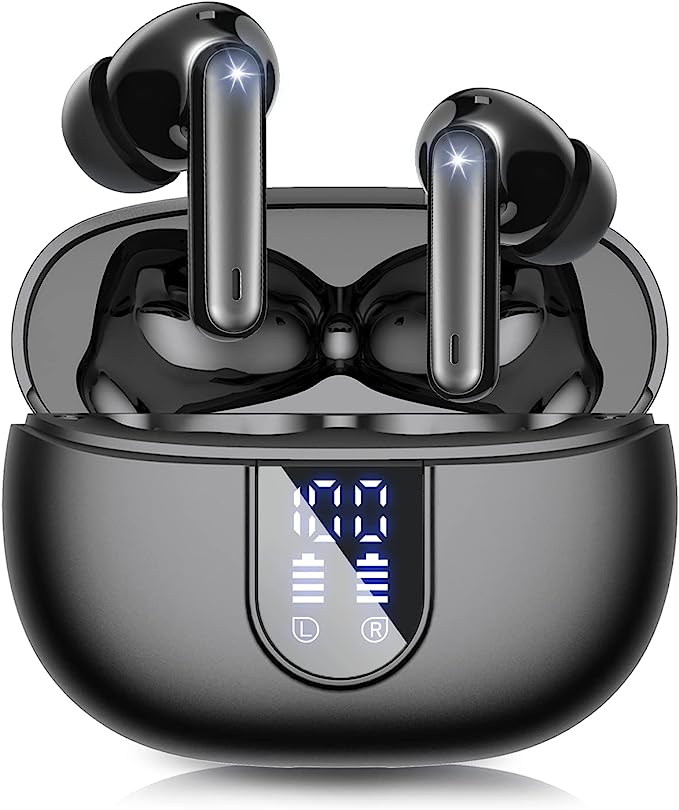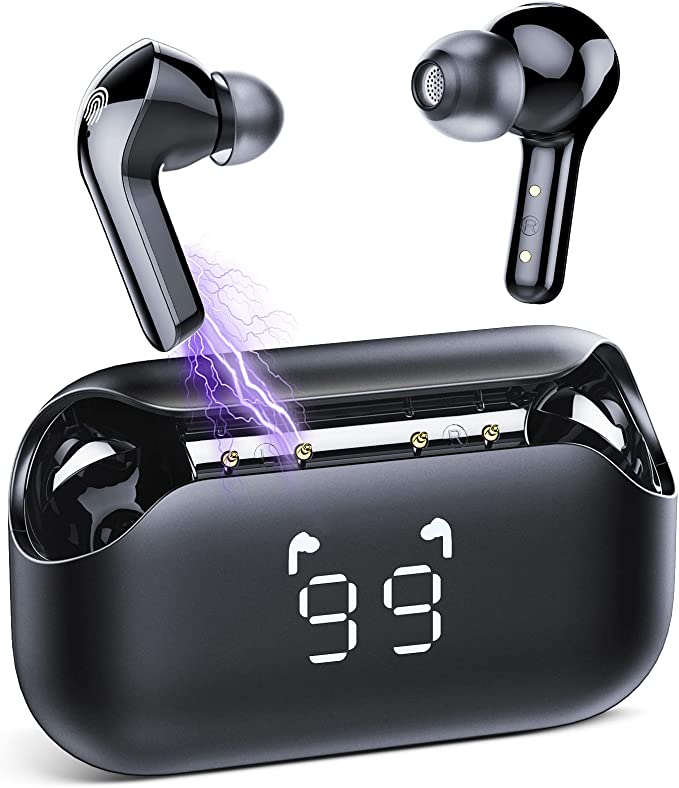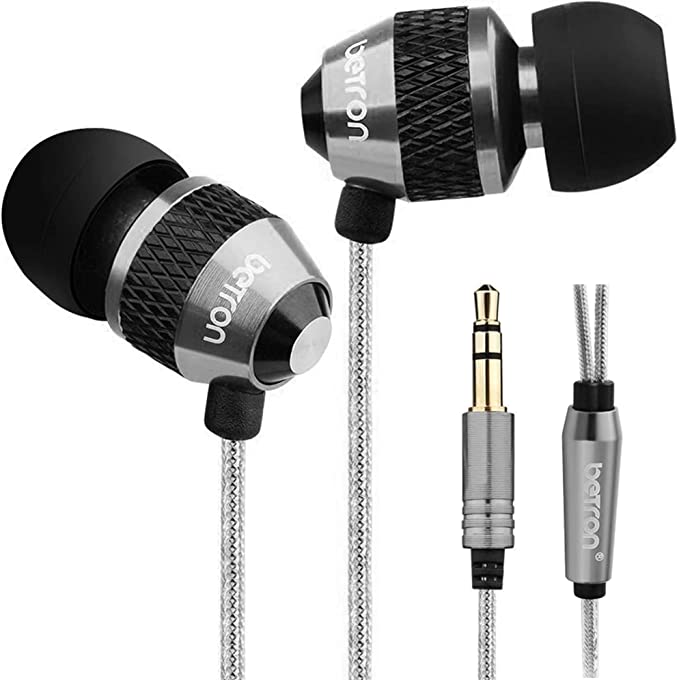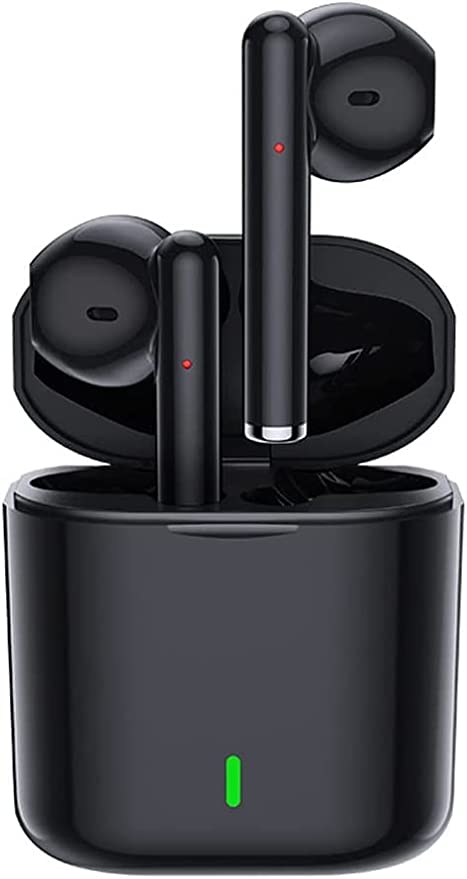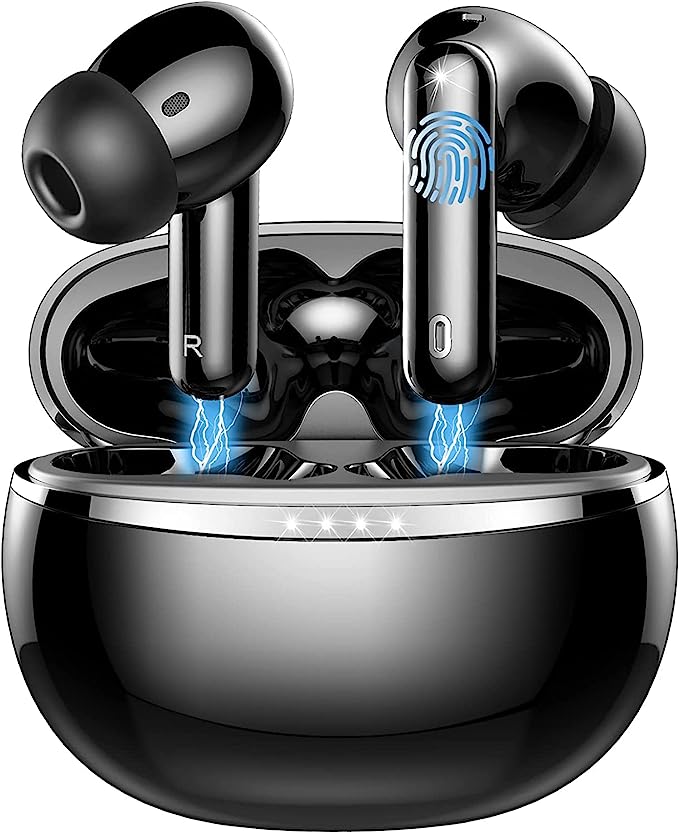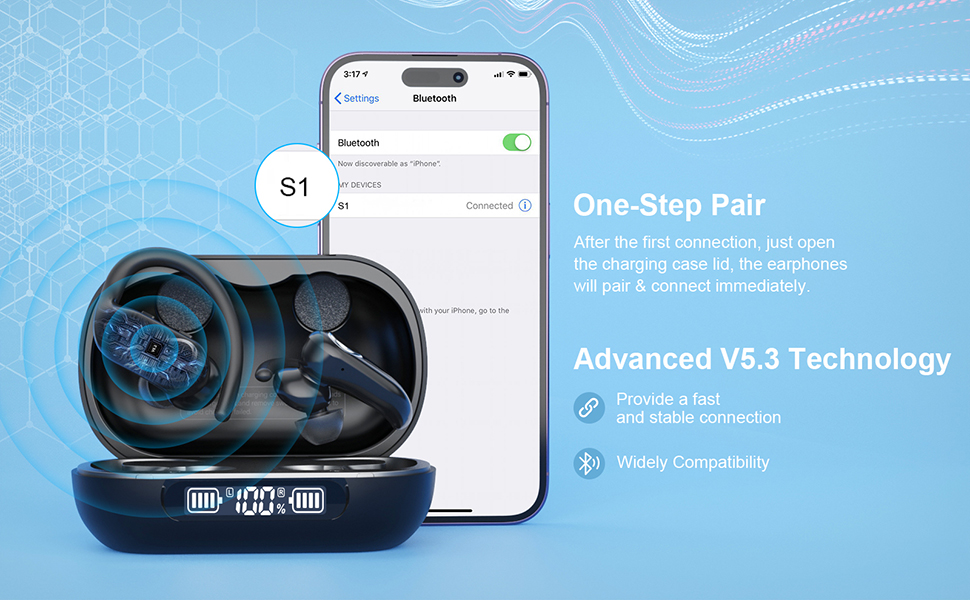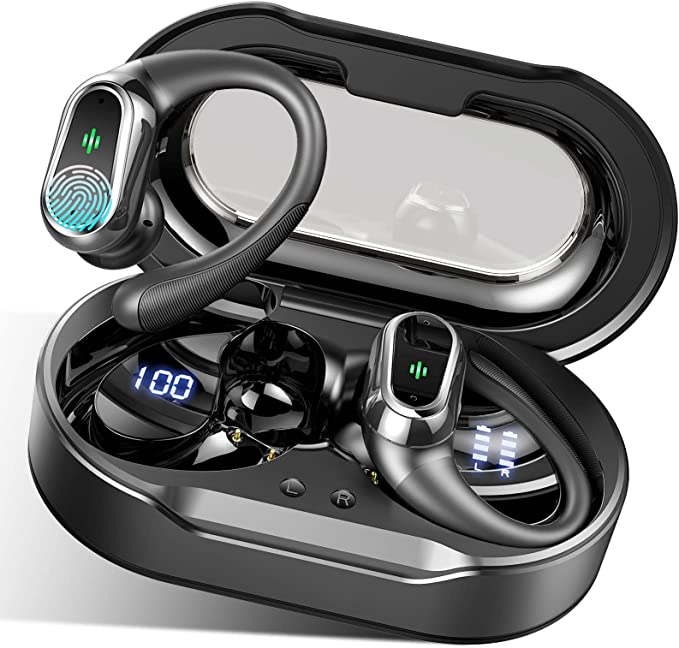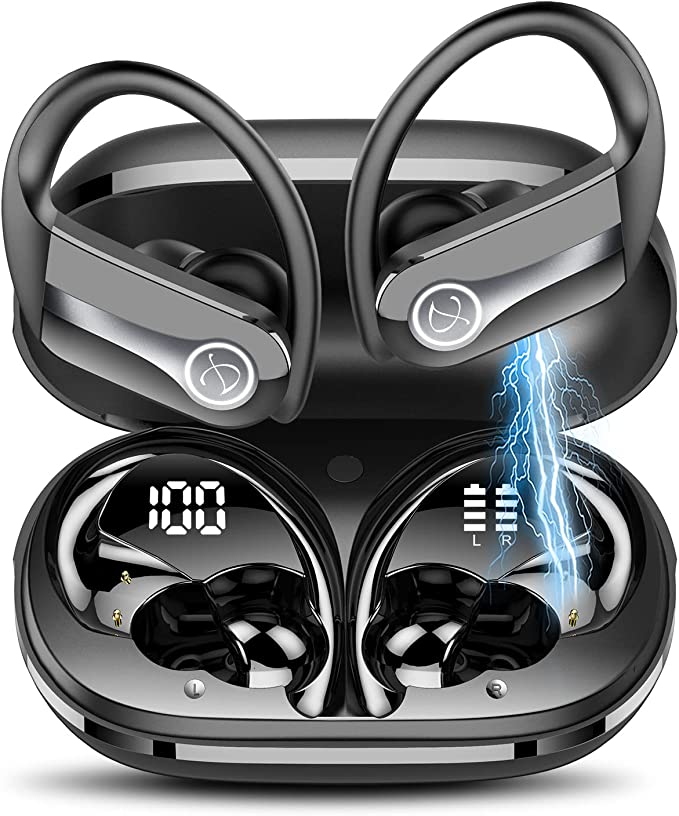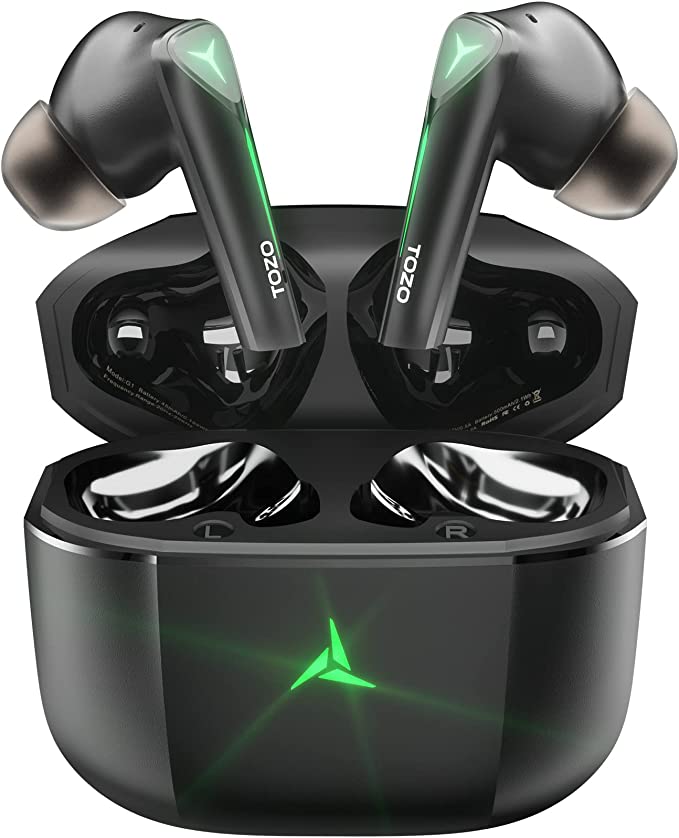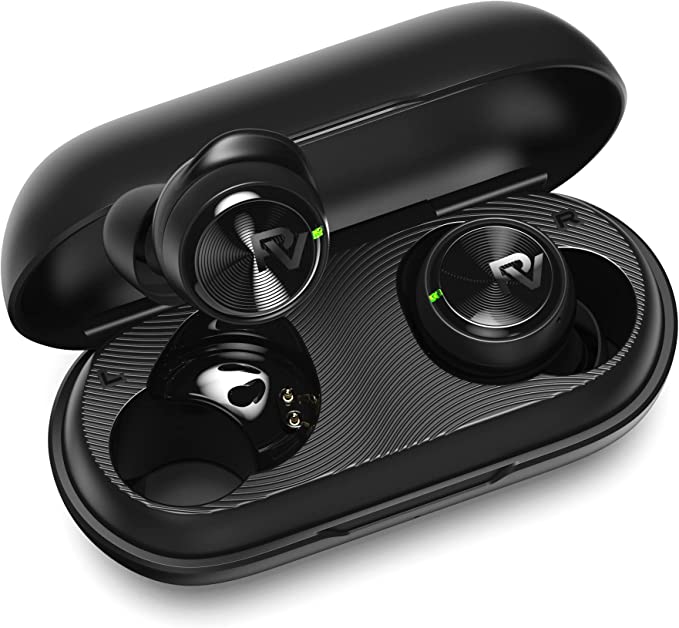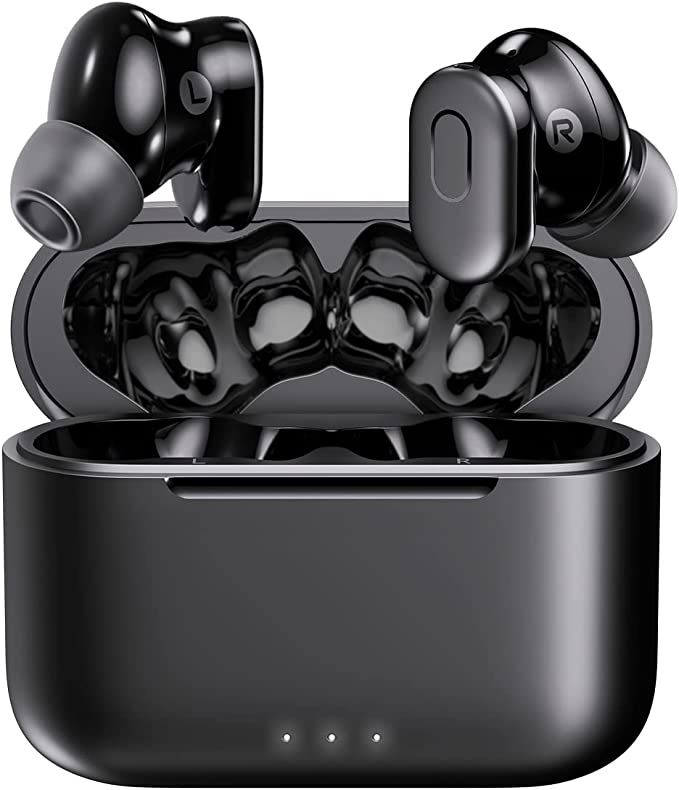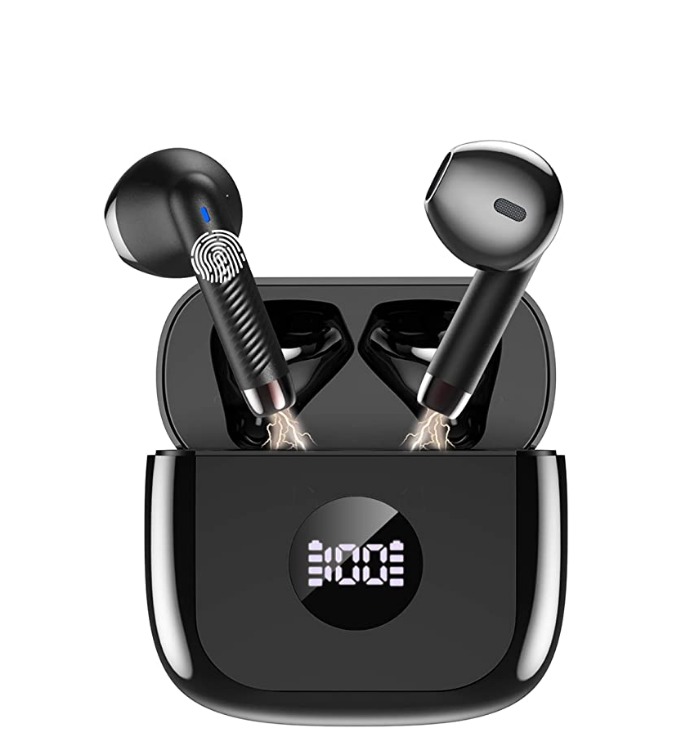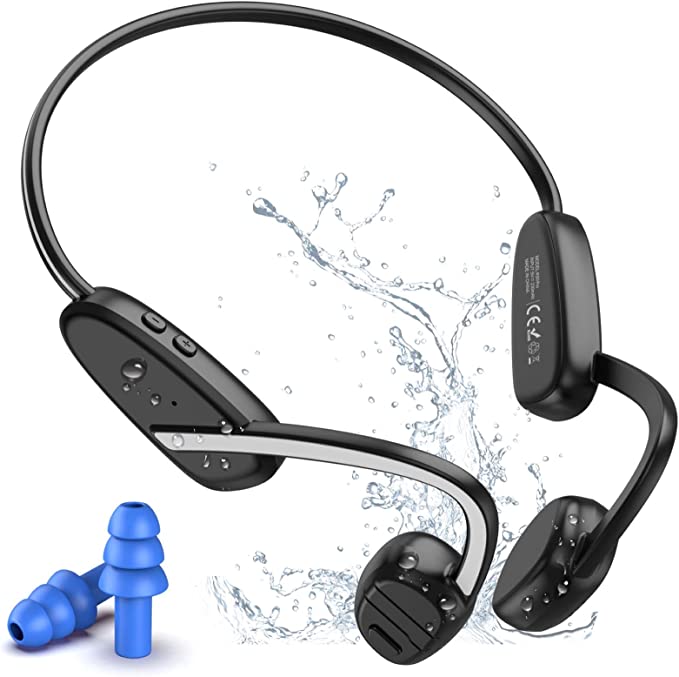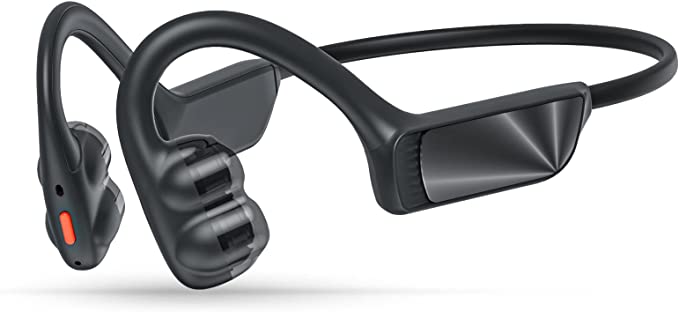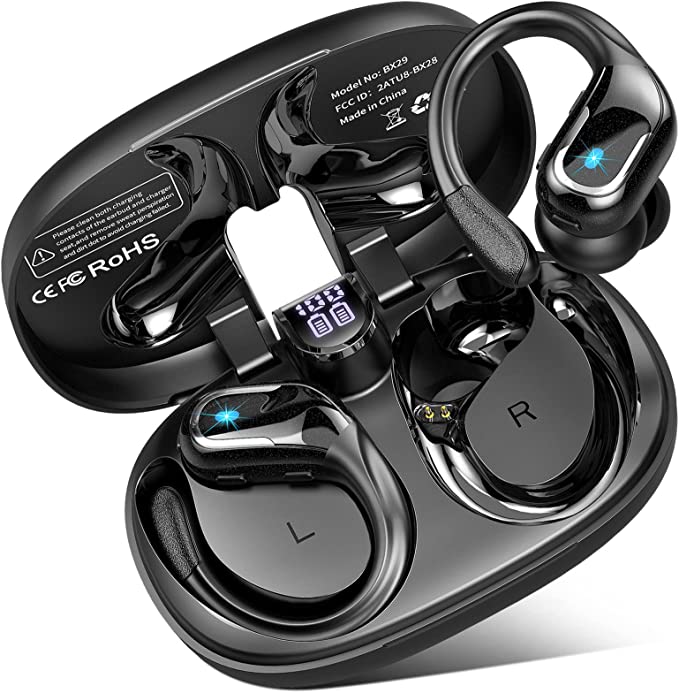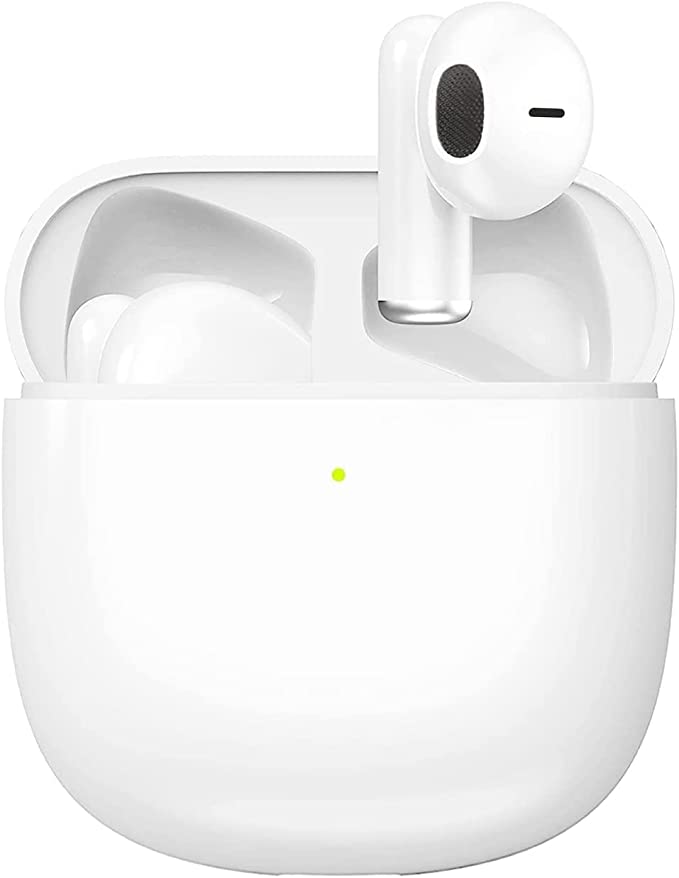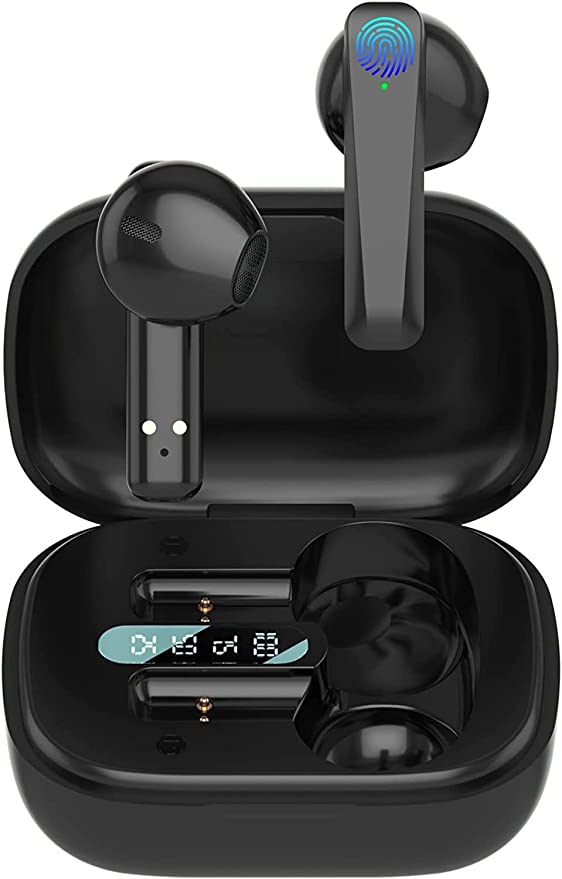The Engineering of Affordability: Decoding Composite Diaphragms and Bluetooth 5.3 in the CALCINI Punch3
Update on Nov. 22, 2025, 5:35 p.m.
In the consumer electronics market, “budget” is often synonymous with “compromise.” However, from an engineering perspective, the sub-$50 audio segment is currently the most dynamic arena for Value Engineering. It is here that manufacturers must leverage material science and chip efficiency to emulate flagship performance without the flagship bill of materials (BOM).
The CALCINI Punch3 serves as a precise case study of this phenomenon. It avoids the trap of gimmicky features, focusing instead on two fundamental pillars of modern wireless audio: Transducer Material Science and Protocol Efficiency. By dissecting these elements, we can understand how modern manufacturing has democratized high-fidelity sound.

Material Science: The Physics of the Composite Diaphragm
The heart of the Punch3 is its “Composite Membrane Speaker.” In audio physics, the ideal diaphragm faces a contradiction: it must be light enough to move instantly for high frequencies (Transient Response), yet rigid enough not to deform under the stress of pushing air for bass (Cone Breakup).
Traditional budget earbuds use a single material (like PET plastic), which often results in muddy bass or shrill highs. The Composite Diaphragm solves this by bonding materials with different Young’s Moduli (stiffness) and damping factors. * The Dome: Typically made of a stiffer material (like titanium-coated PEEK), the center dome handles the high-frequency piston motion, ensuring crisp vocals and cymbals. * The Surround: The outer ring utilizes a more compliant material (like PU) to allow for greater excursion (movement range). This physical compliance is what generates the “Overwhelming Bass” described in the specs—it is simply the ability to move a larger volume of air per cycle without distortion.

Protocol Efficiency: Why Bluetooth 5.3 Matters
The Punch3 boasts an 8-hour playback time on a mere 40mAh battery. This endurance is not magic; it is a result of the Bluetooth 5.3 protocol.
Older protocols maintained a constant, power-hungry link. Bluetooth 5.3 introduces optimized Connection Subrating. This allows the earbuds to switch rapidly between active duty cycles (transmitting audio) and low-power idle states, without breaking the connection. * Latency Reduction: The improved handshake algorithms reduce the time it takes for data packets to travel from phone to ear. This isn’t just about gaming; it means the radio is active for shorter bursts to transmit the same amount of data, significantly reducing thermal loss and power consumption. * Signal Stability: By optimizing channel hopping in the 2.4GHz spectrum, Bluetooth 5.3 ensures that the earbuds don’t waste energy fighting for bandwidth in crowded environments (like gyms), maintaining a stable link with minimal retry packets.
Power Management: Volumetric Energy Density
The charging case houses a 400mAh reservoir. In the context of micro-electronics, the challenge is Volumetric Energy Density. Integrating a battery of this capacity, along with the Power Management Integrated Circuit (PMIC) and the LED digital display, into a compact chassis (2.64 x 2.64 inches) requires precise internal topology.
The LED display is more than a cosmetic feature; it is a direct readout of the Voltage Curve. Unlike simple color-changing LEDs (Red/Green), a digital percentage allows users to understand the non-linear discharge rate of Lithium-Ion cells, providing a more accurate prediction of remaining autonomy.

Hydrodynamics: Defining IPX5 Protection
The unit carries an IPX5 rating. To understand this, we must look at fluid dynamics. * IPX4 vs. IPX5: IPX4 protects against splashes. IPX5 protects against low-pressure water jets (6.3mm nozzle) from any direction. * The Engineering Implication: This means the internal gaskets and conformal coatings are designed to withstand directional kinetic energy from water, not just passive exposure. While it is not submersible (which would require IPX7’s pressure tolerance), IPX5 is the “Sweatproof Standard.” It ensures that the salt and moisture generated during a workout—which can be more corrosive than rain—do not bridge the microscopic gaps in the casing or corrode the charging contacts.

Conclusion: The Triumph of Standardization
The CALCINI Punch3 is not a radical reinvention of the wheel; it is a polished product of industrial standardization. It proves that technologies once reserved for the elite—composite materials, advanced wireless protocols, and dense energy storage—have trickled down to become the new baseline. For the consumer, this is a victory. It means that “entry-level” no longer implies “low fidelity,” but rather a highly optimized balance of cost and physics.



